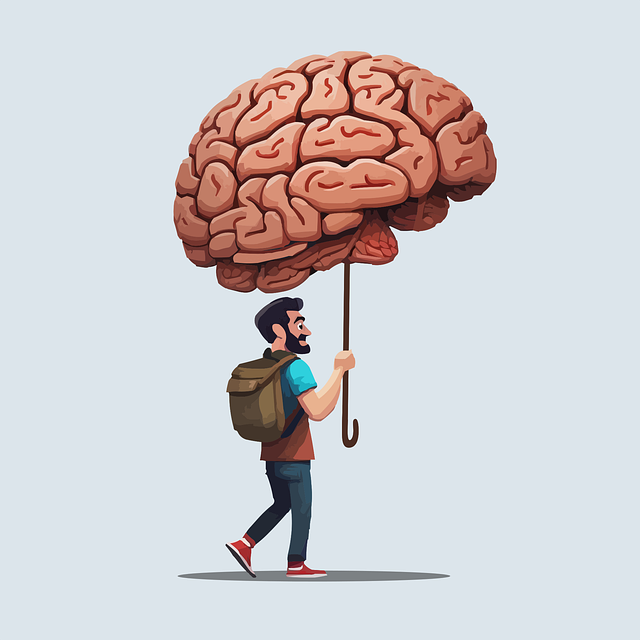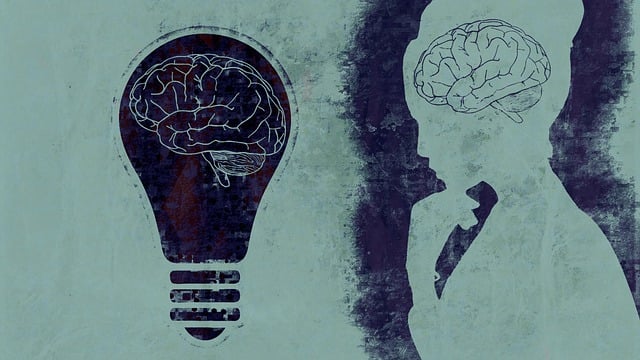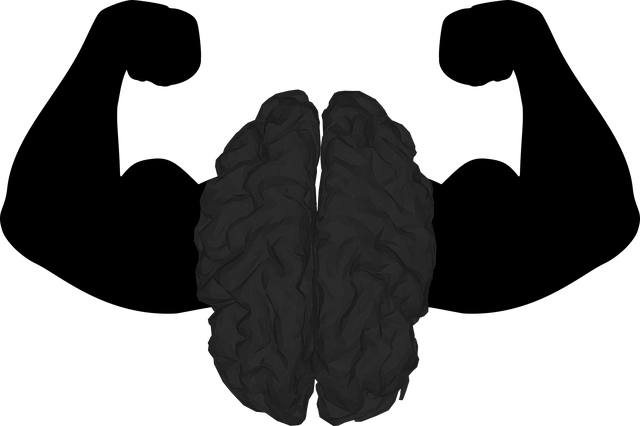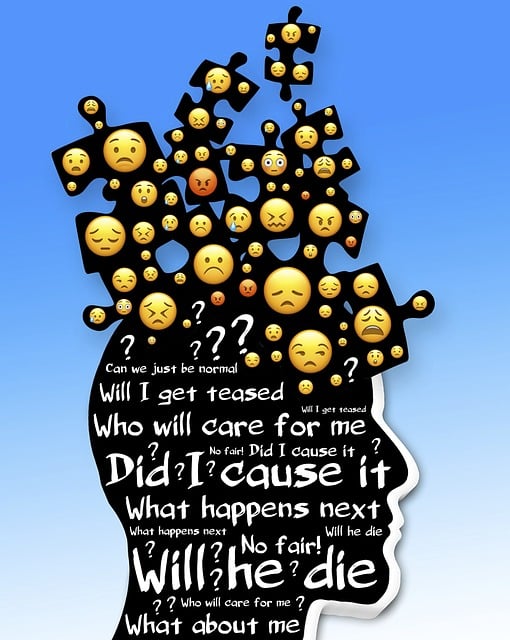In today's digital age, demand for accessible mental wellness solutions is high, with traditional therapy limited by geography or personal preference. Mental wellness apps, like a Broomfield Learning Disability Therapy app, offer convenient, private, and affordable options. These apps address issues like anxiety, depression, and learning disability therapy needs, incorporating mindfulness exercises, emotional intelligence development, and stress management techniques. Key design elements include simple interfaces, customizable content, real-time feedback, regular updates, and evidence-based practices. Future enhancements may include AI for adaptive therapy and predictive analytics, revolutionizing accessibility and convenience for users seeking mental wellness support.
In today’s fast-paced world, mental wellness app development has become a game-changer in providing accessible support. With increasing awareness of learning disabilities like those seen in Broomfield, there is a growing need for innovative solutions. This article explores the significance of mental health apps, focusing on key features that make them effective tools for Broomfield Learning Disability Therapy. We delve into the development process and emerging trends, offering insights into how these apps are revolutionizing support and accessibility.
- Understanding the Need for Mental Wellness Apps
- Designing Effective Features for Broomfield Learning Disability Therapy Apps
- Development Process and Future Trends
Understanding the Need for Mental Wellness Apps

In today’s fast-paced and often stressful world, the demand for accessible mental wellness solutions is higher than ever. While traditional therapy and counseling services have long been invaluable, they may not cater to everyone’s needs or be readily available due to geographical constraints or personal preferences. This is where mental wellness apps step in as a game-changer. These digital tools offer individuals a convenient, private, and often affordable way to improve their mental health and emotional well-being.
The need for such applications is particularly evident when considering the growing prevalence of issues like anxiety, depression, and even learning disability therapy requirements. For instance, a Broomfield Learning Disability Therapy app can provide tailored support to individuals with specific needs, offering strategies and resources to enhance their daily lives. Similarly, burnout prevention strategies for healthcare providers can be effectively integrated into apps, promoting work-life balance and self-care practices. Incorporating features like mindfulness exercises, emotional intelligence development, and stress management techniques in a well-designed app can significantly contribute to better mental wellness outcomes.
Designing Effective Features for Broomfield Learning Disability Therapy Apps

In designing features for Broomfield Learning Disability Therapy apps, it’s crucial to focus on tools that cater to the unique needs of individuals with learning disabilities while enhancing Mental Health Awareness. Incorporating Mind Over Matter Principles can be a game-changer; these apps should offer techniques like mindfulness exercises tailored to different cognitive levels, ensuring accessibility and engagement. Empathy Building Strategies are also essential; features enabling users to share experiences and connect with peers or therapists can foster a sense of community and understanding, contributing to improved mental wellness.
Effective design should prioritize simplicity and clarity, using intuitive interfaces that accommodate various learning styles. Customizable content allows users to tailor their experience, encouraging consistent engagement. Moreover, incorporating real-time feedback mechanisms enables users to track progress, reinforcing positive behaviors and attitudes towards Mental Health Awareness. Regular updates with new exercises and challenges ensure the app remains dynamic, appealing to users over time.
Development Process and Future Trends

The development process of a mental wellness app begins with an understanding of the target audience’s unique needs. Researchers and developers collaborate to identify specific challenges that individuals, especially those with learning disabilities like Broomfield Learning Disability Therapy, face in their daily lives. This stage involves extensive user experience (UX) design to create intuitive interfaces and engaging features that encourage consistent use. The app’s functionality is then tailored to offer personalized solutions, such as confidence-boosting exercises or crisis intervention guidance, based on evidence-based practices.
Looking ahead, the future of mental wellness apps lies in increased integration of artificial intelligence (AI) for adaptive therapy and predictive analytics. These innovations can enable more dynamic and responsive interventions, catering to individual progress over time. With continuous advancements in technology, mental health support is evolving from traditional therapy settings into accessible, mobile solutions, ensuring better accessibility and convenience for users seeking to improve their mental wellness.
The development of mental wellness apps, particularly those tailored for individuals with learning disabilities like Broomfield Learning Disability Therapy, holds immense potential to revolutionize access to support services. By leveraging technology, these apps offer a convenient and accessible way to promote mental health awareness and provide personalized therapy. As the digital landscape continues to evolve, it’s essential to focus on user-centric design, incorporating effective features that cater to diverse needs. The future of mental wellness app development lies in ongoing innovation, ensuring these tools remain relevant and beneficial for users seeking improved mental well-being.










